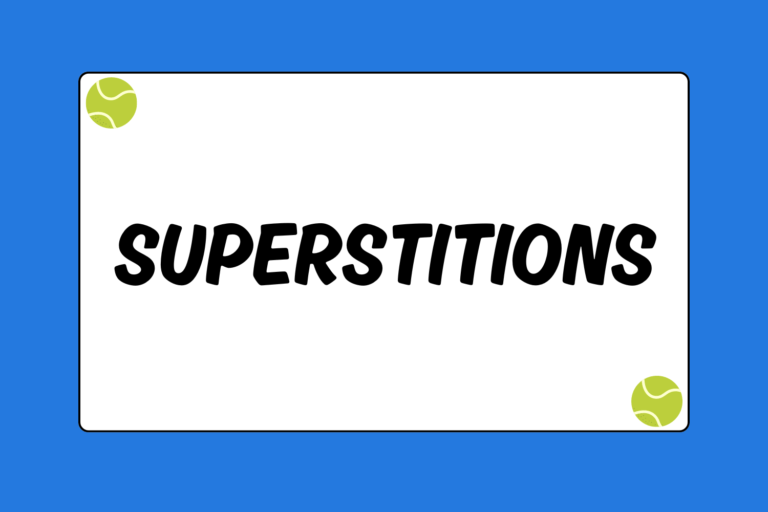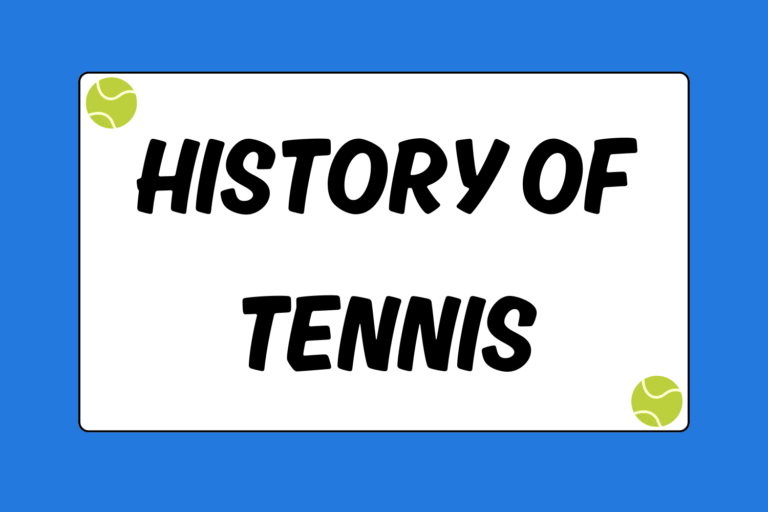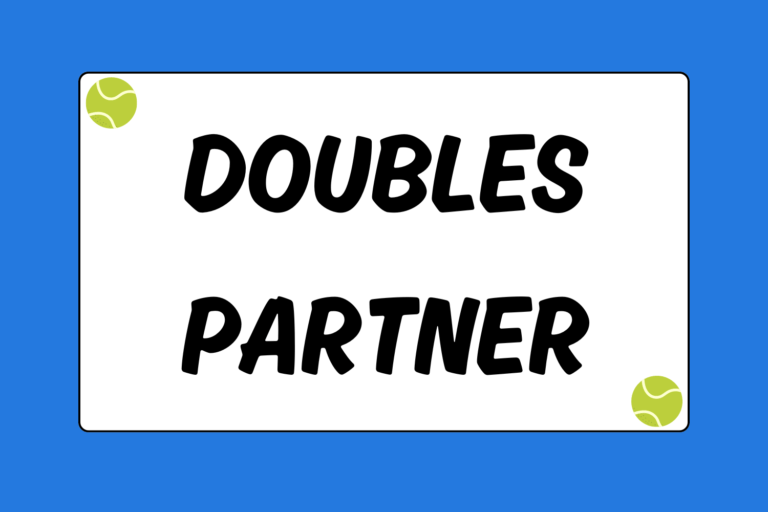Whether you’re gripping a racquet for the first time in your life, or ranked number one in your state, finding the right tennis coach is a constant struggle. Even the world’s top professional players juggle different coaches from time to time. There are many variables to consider, such as lesson size, coaching style, time of day, and pricing. Whether you’re a player or parent of a player, this guide explains how to choose the right type of tennis lesson.
The Different Types of Lessons
There are three common types of lessons to choose from: Group, semi-private, and private lessons. Choosing the right lesson, though, depends on your experience level. The rest of this guide breaks down how each one benefits certain types of players.
Group Lessons
Group lessons are great for beginners because players receive basic coaching advice and learn from the other students around them. Beginners get their first experience with one-on-one instruction, which helps them address specific technique-related issues. In addition, watching other players in the group make a mistake, and then listening to the coach’s critique helps beginners visualize stroke mechanics. Group lessons are far less physically demanding than private lessons, so beginners can transition into the game at an easier pace.
Group lessons are also extremely fun. Tennis is a hard sport to pick up, so beginners benefit from an entertaining, semi-sociable, and challenging group environment. Without as much one-on-one pressure, players can enjoy the game, but still push themselves to be the top player in the class.
Not to mention parents of players will appreciate the low prices. Group lessons are by far the most affordable type of tennis lesson and they often take place during peak hours of the day, so they’re an excellent after-school activity.
Semi-private Lessons
Semi-private lessons are ideal for intermediate players. While group lessons don’t offer enough coaching or practice time for intermediates, semi-private lessons pit players of similar abilities against one another in a relatively small group environment. With fewer players clogging the courts, players have more one-on-one time with the coach and can address specific shortcomings in their games.
Also, at the intermediate level it’s extremely important that players get as much match experience as possible. Competing against other players is the absolute best way to train because players figure out the areas of their games that need the most attention — even if they weren’t an issue during practice. Semi-private lessons usually include similarly-skilled players, so they have a reliable and competitive pool of people to contact for a match.
Semi-private lessons are slightly more expensive than group lessons, and generally last anywhere between one to two hours.
Private Lessons
Private lessons are necessary for advanced players. While every player benefits from one-on-one coaching, private lessons are best for advanced players trying to reach the next level. With fewer weaknesses to address, advanced players focus on specific areas of their games that need attention. Coaches stress footwork, serving, and basic all-around abilities, but some lessons are spent addressing a single shortcoming. These lessons are physically taxing, so players are expected to be in good condition. Similarly, coaches don’t tolerate halfhearted, lethargic play.
As an added long-term benefit, private lessons help players become familiar with the coaching staff or a particular coach. You develop a relationship with your coach, and he’ll often provide drills or tips that you can focus on after the lesson. Sometimes they’ll set up court times, matches, or hitting clinics for you simply because they know you and want you to stay motivated.
These lessons are expensive, though, and generally end after 30-60 minutes. They’re not the best investment — in terms of time or money — for beginners because they simply have too many issues to address in a short period of time.
Hot Tip: A Common Blend
A lot of intermediate and advanced players participate in different lesson types throughout the week. For example, you could play in a semi-private lesson on Saturday and Tuesday, and have a private lesson on Friday. With matches sprinkled throughout the week, and possibly even high school tennis mixed in, you should be getting a good tan from all that court time!
Lesson Learned
With the right type of lesson, players can improve their games dramatically over a relatively short period of time. Ultimately, players should enjoy their time on the court, though. If you or your child isn’t having fun, then perhaps it’s time to find a different coach or lesson. With this information in mind, however, you should be more than ready to find the best possible lesson.





